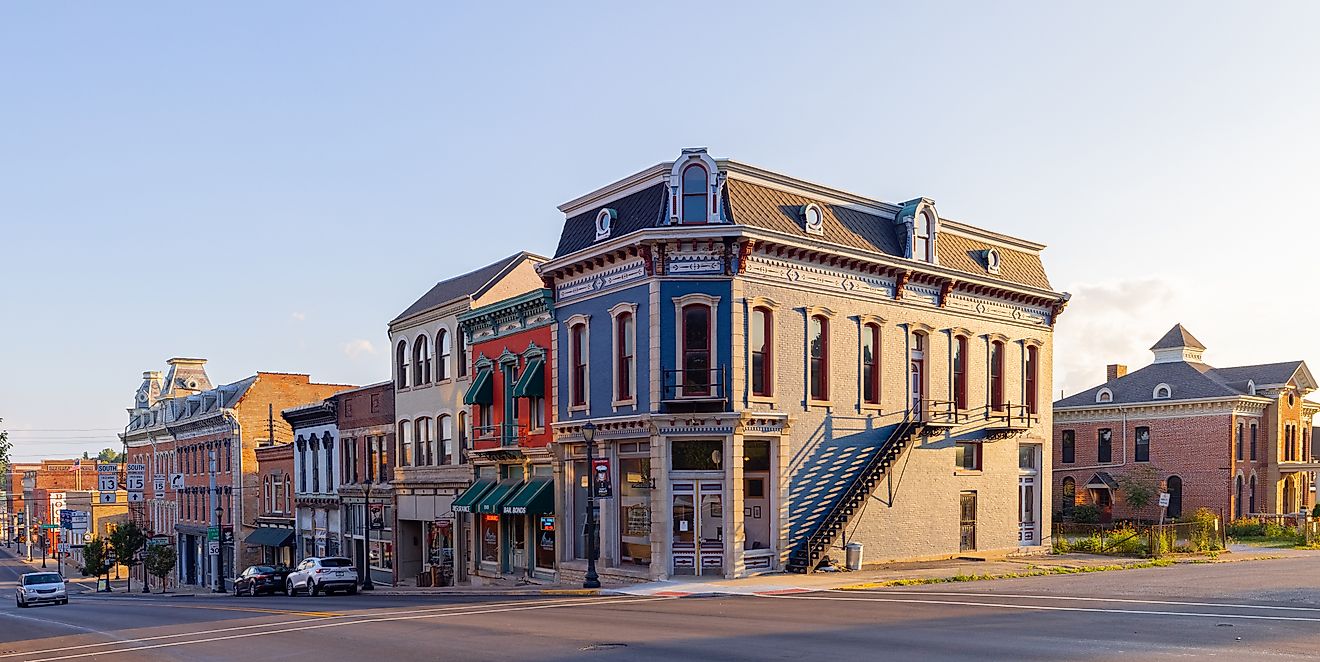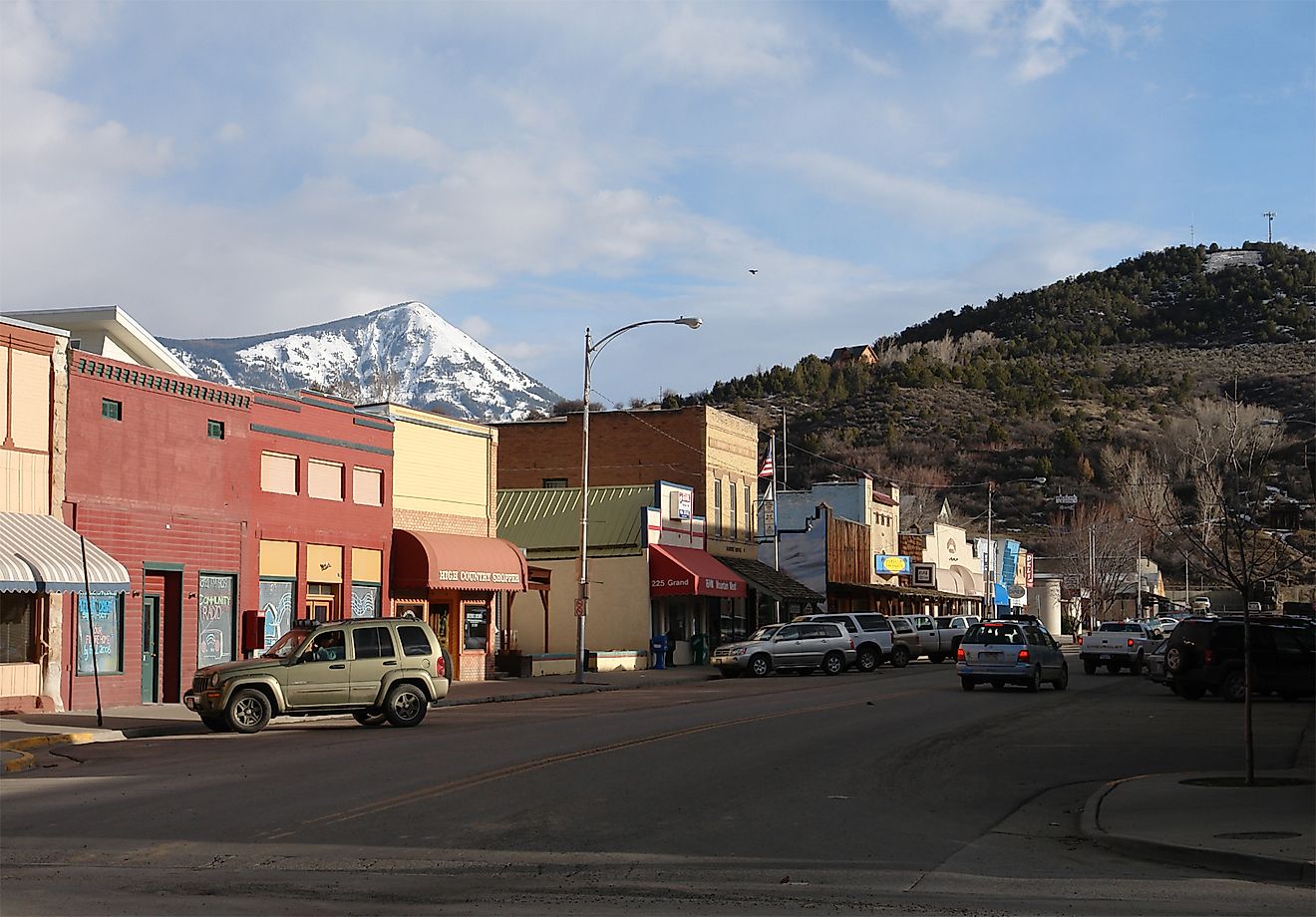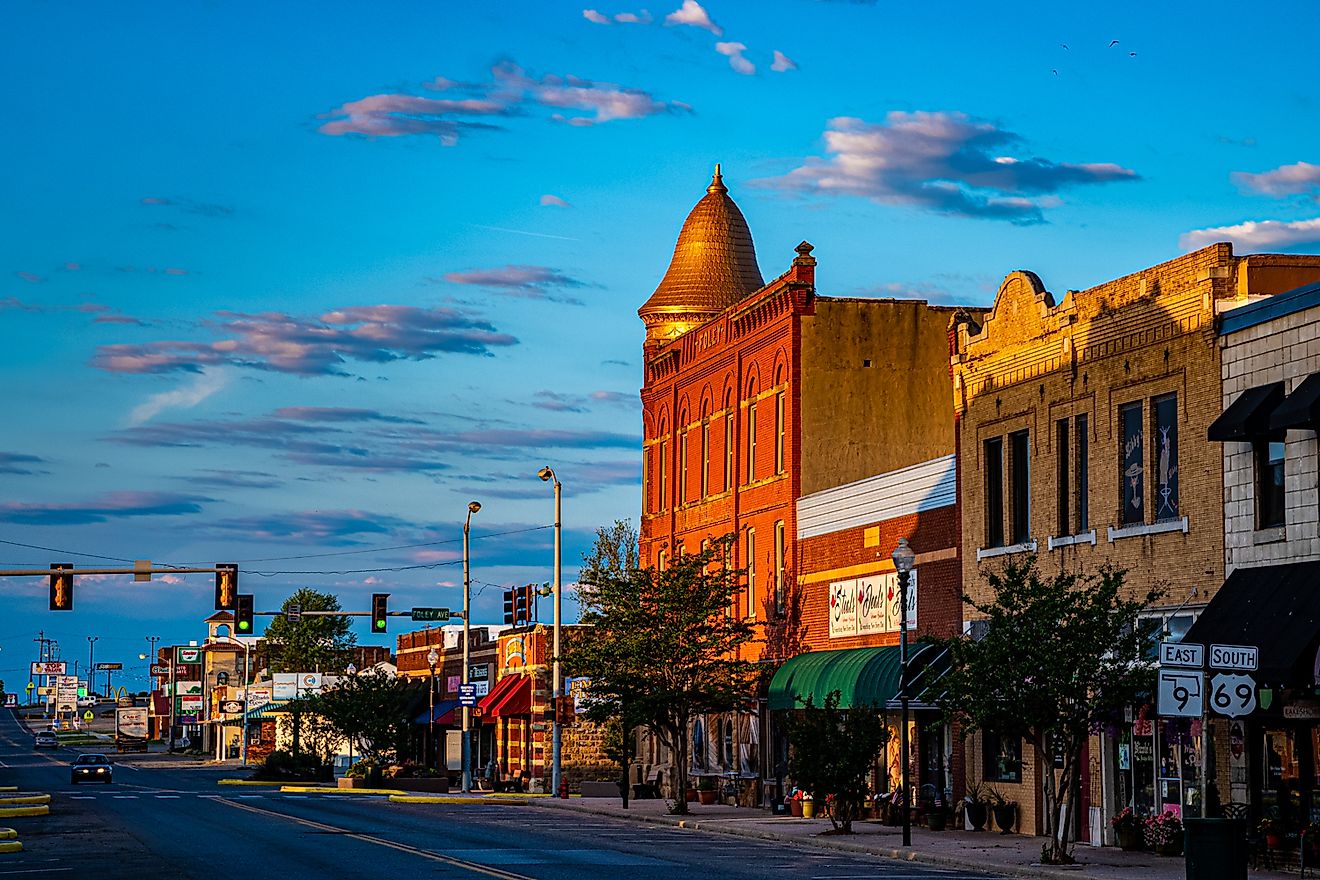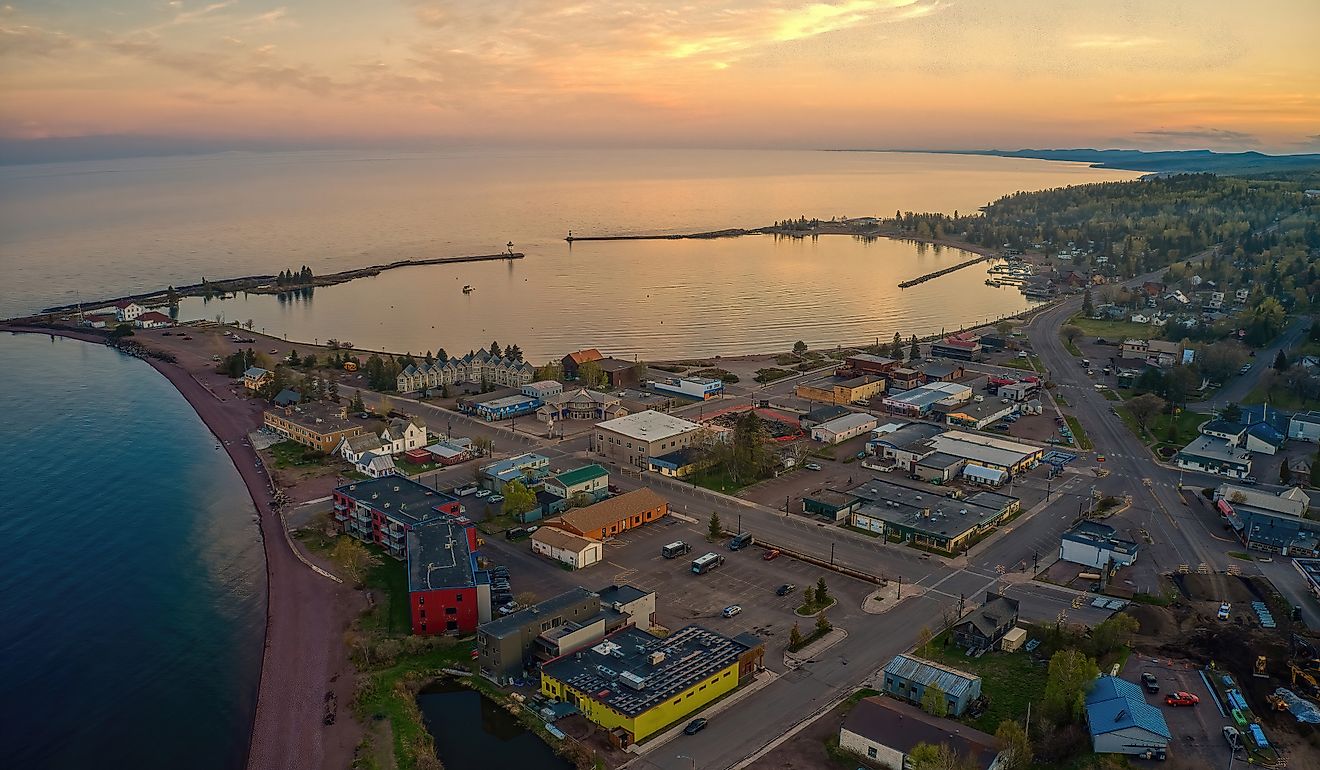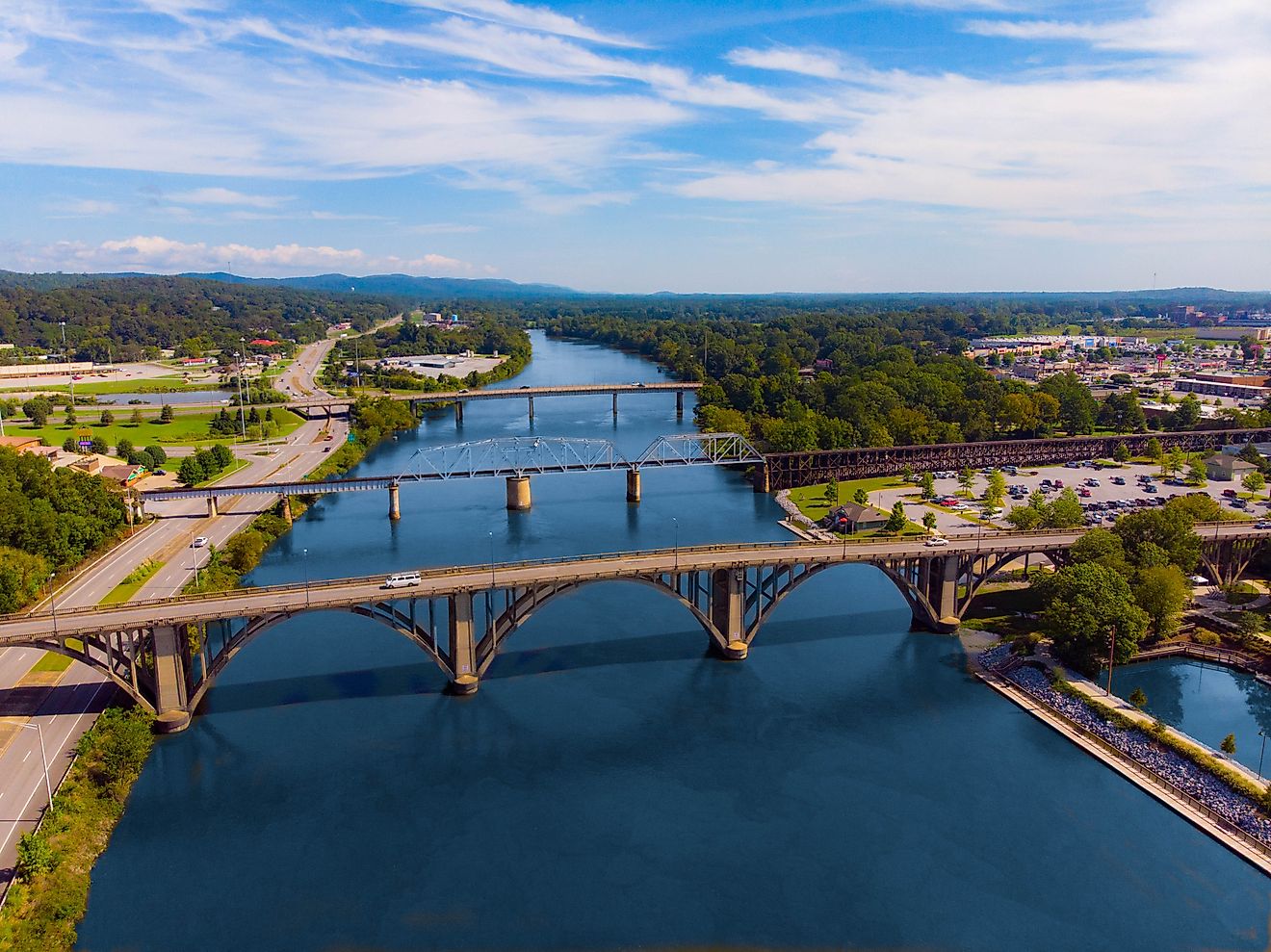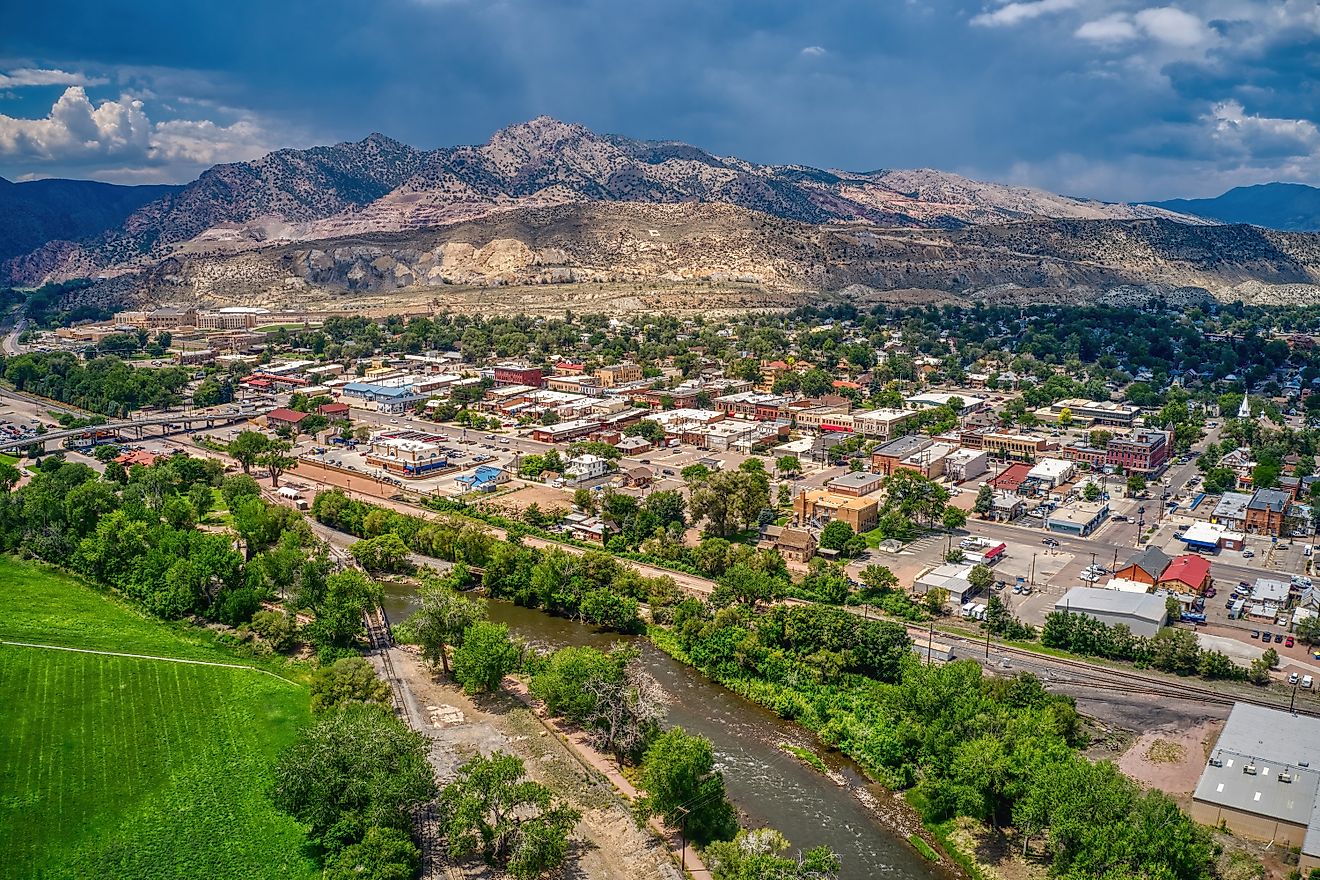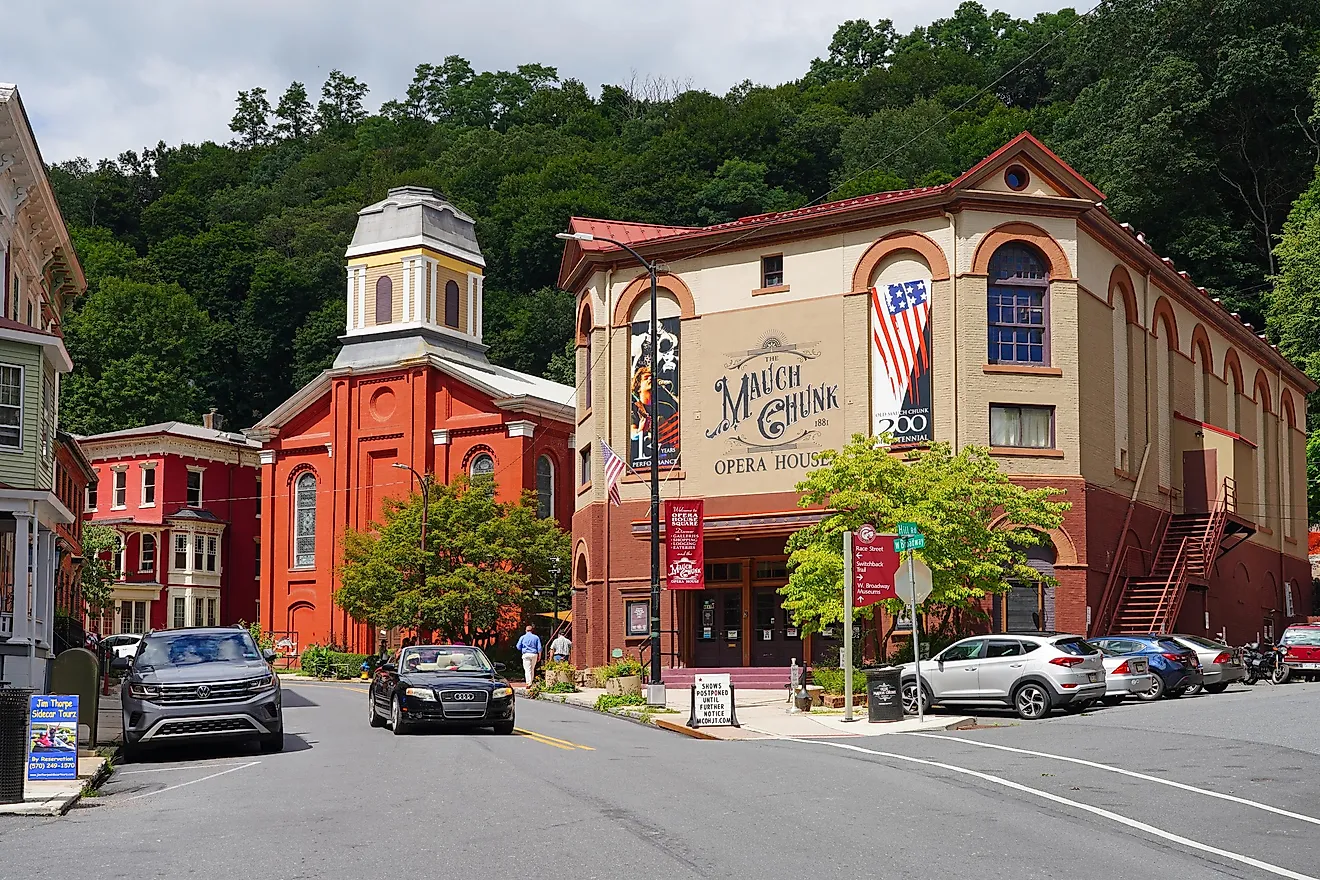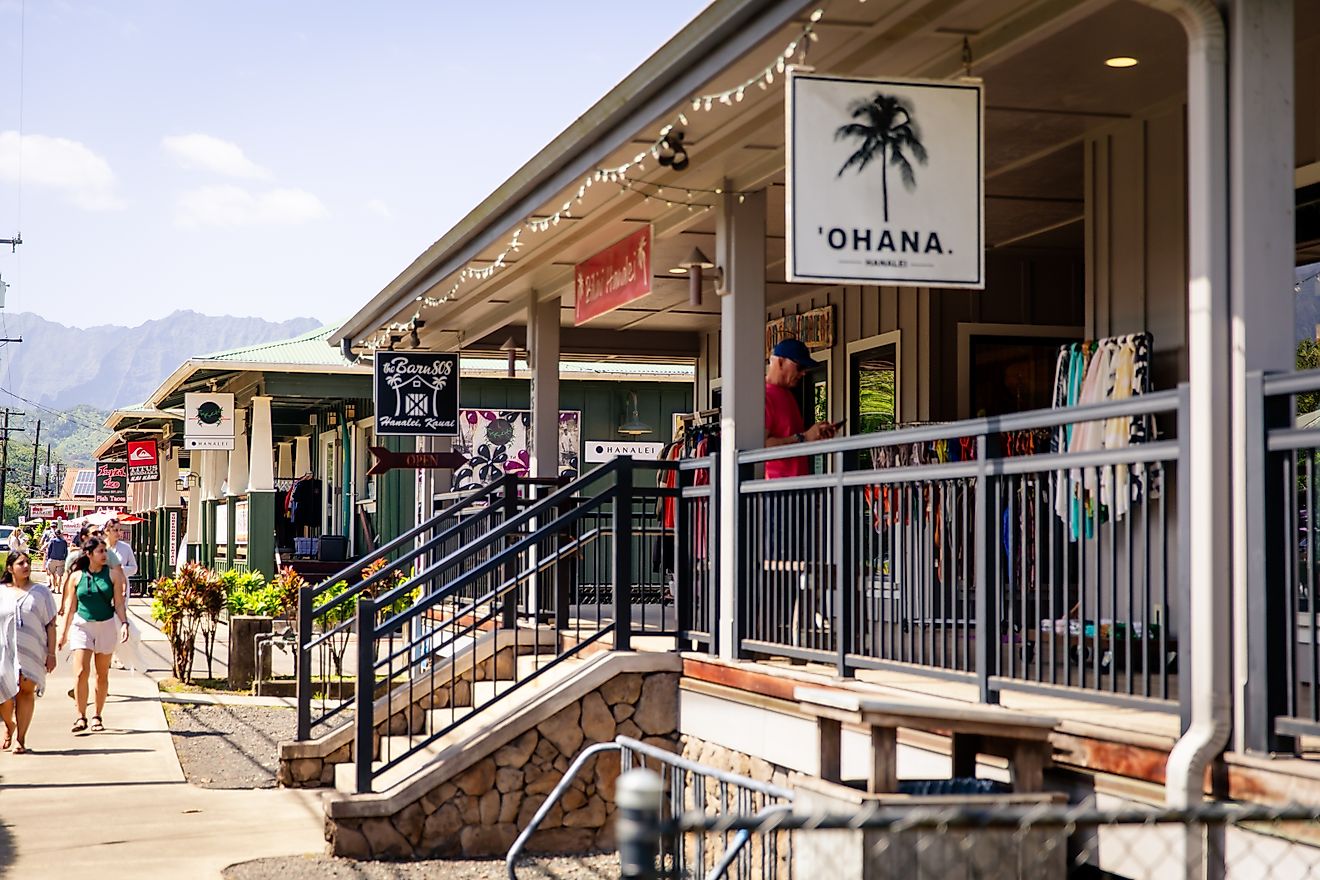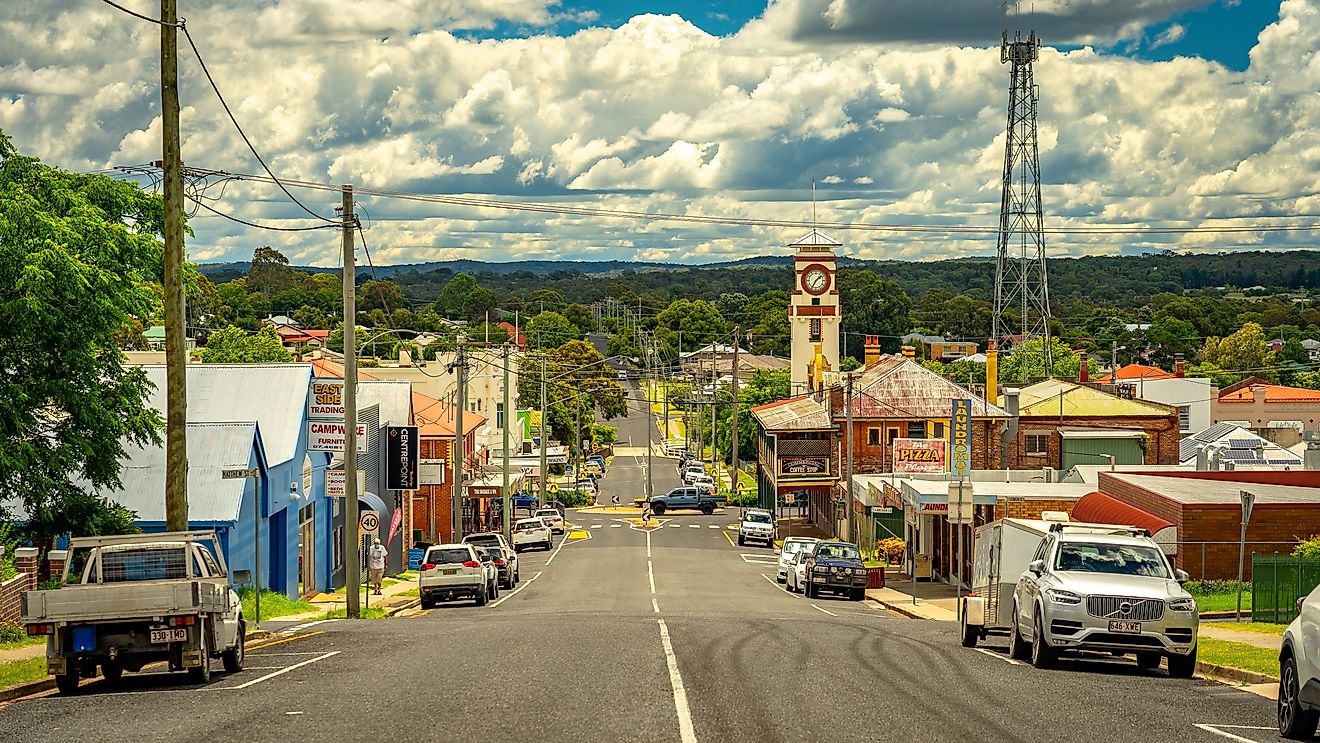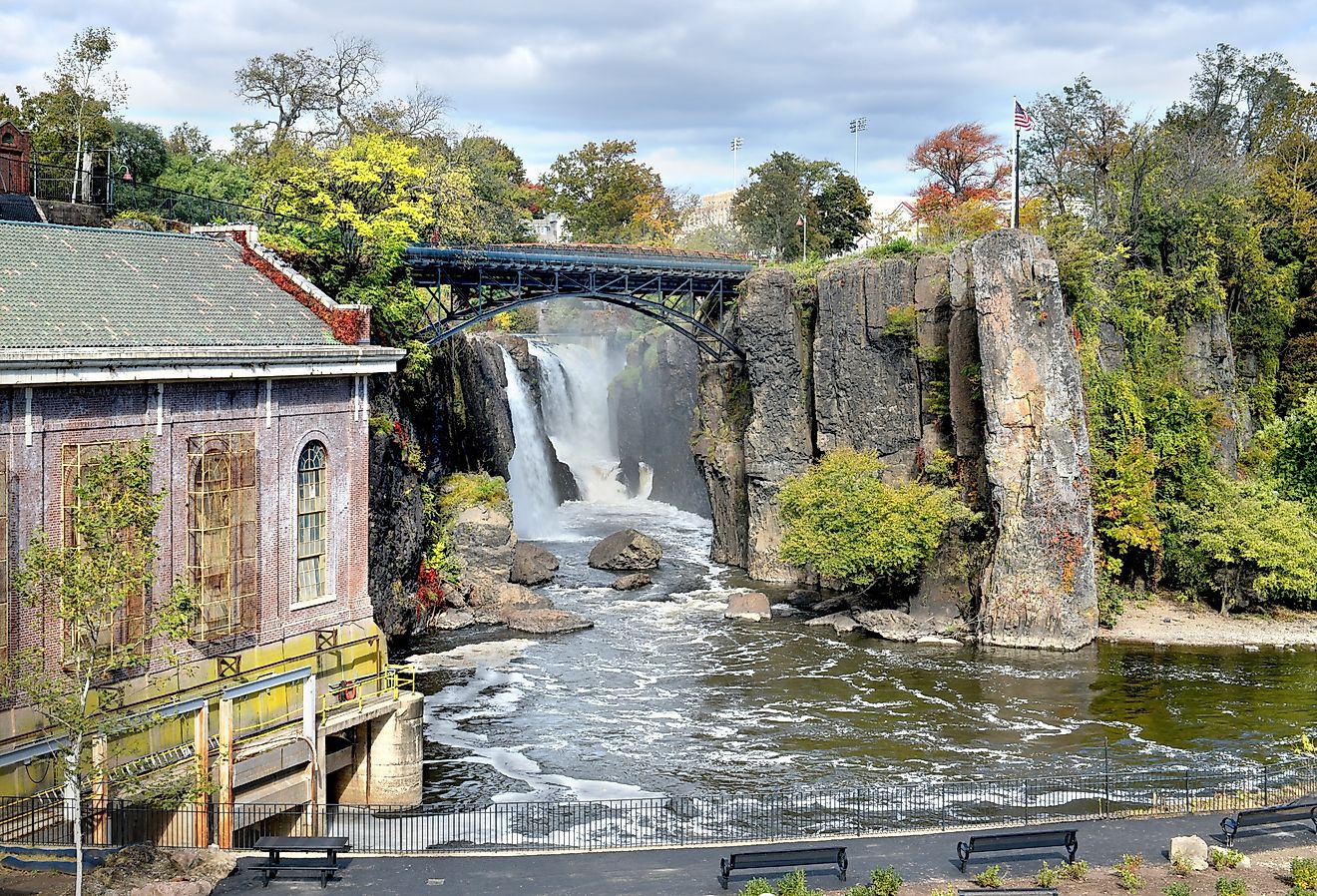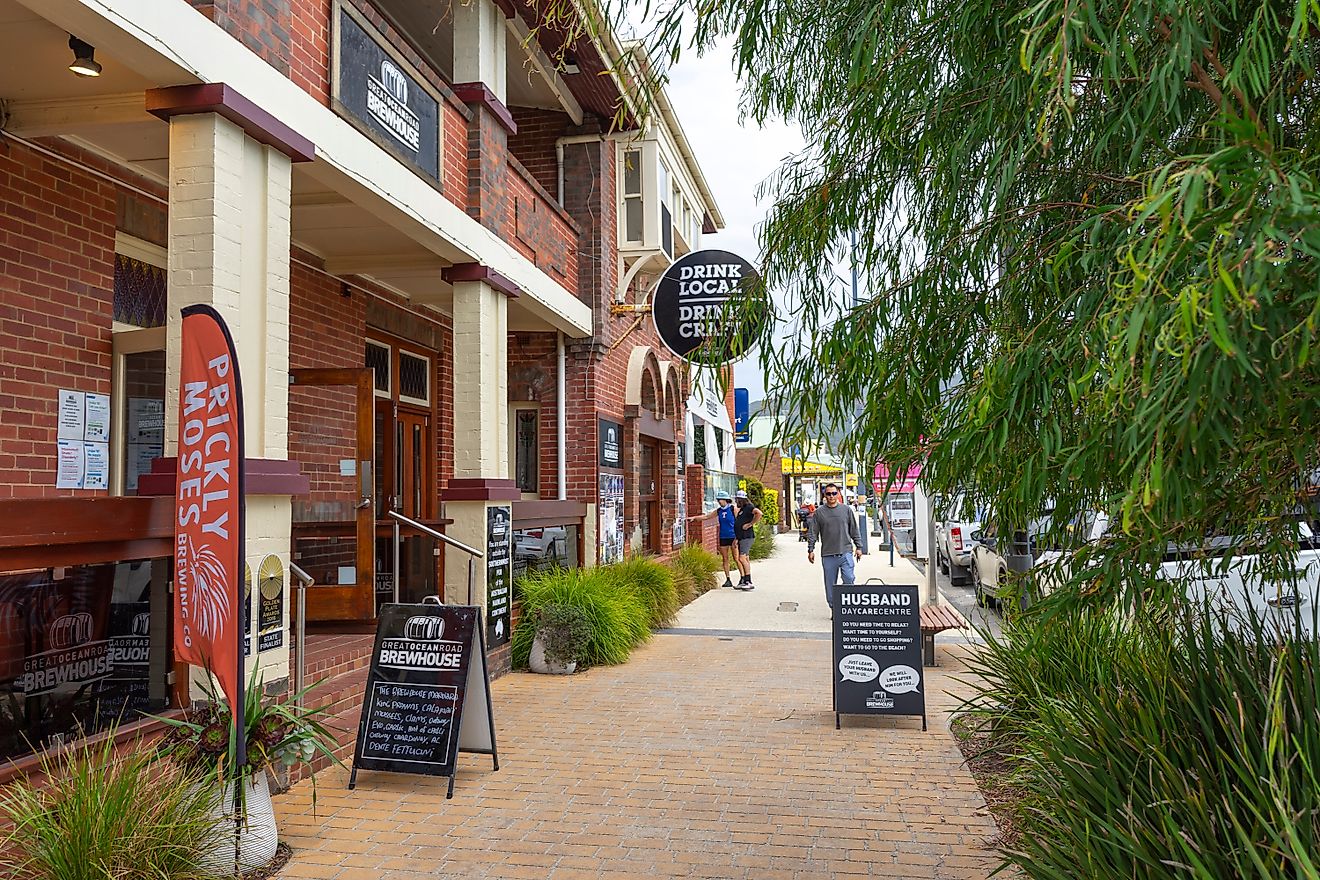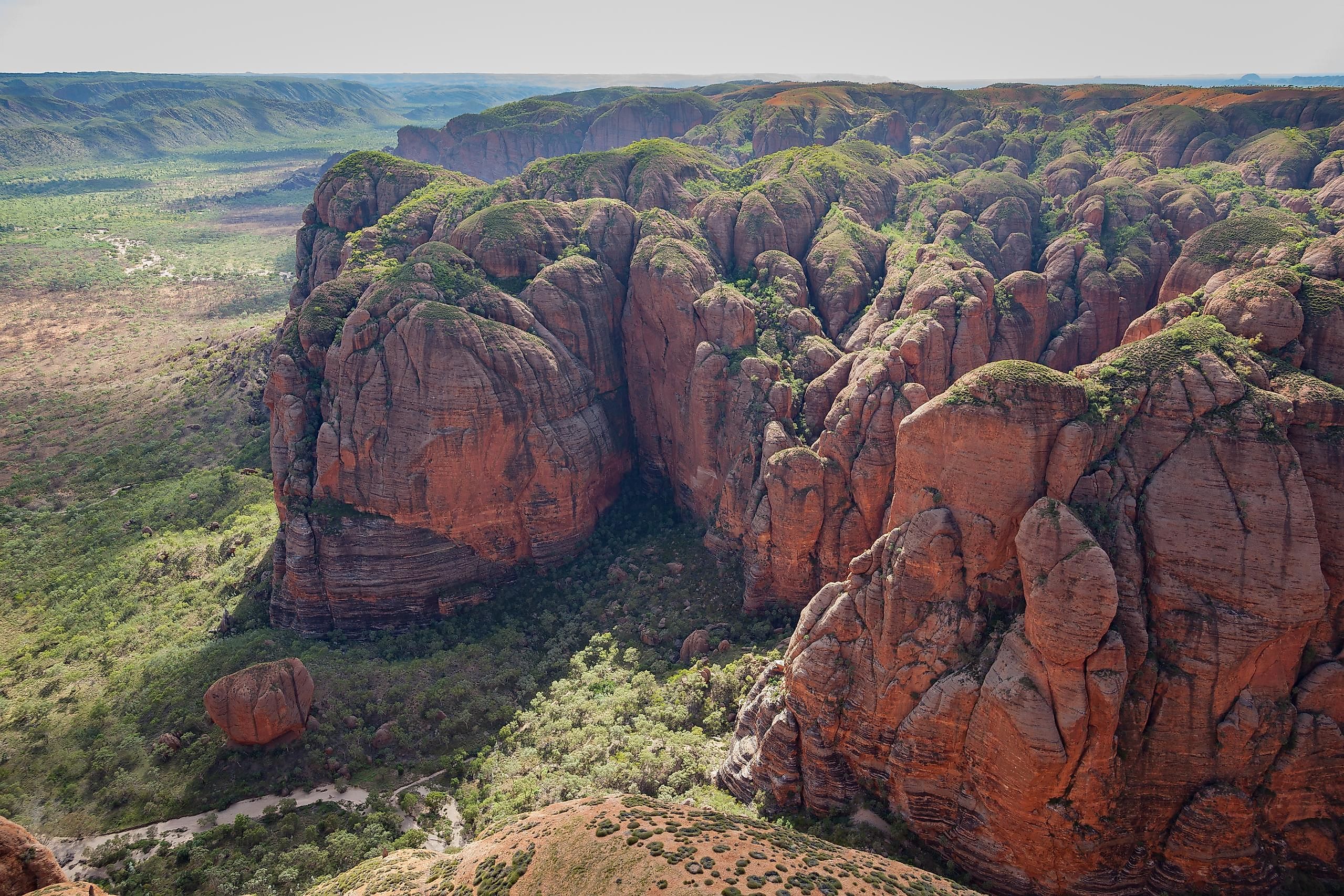
Purnululu National Park
Covering an area of 7,617,930 km2, Australia is a continental island nation that is surrounded by the Pacific and the Indian Oceans. Australia is blessed with several beautiful geographical features including offshore coral reefs, forests, deserts, and alpine regions. Located in the western part of Australia, the State of Western Australia is the country's largest state and the second-largest country subdivision in the world. Western Australia hosts about 1,224 separate Protected Areas, of which 98 are recognized as National Parks. The National Parks in Western Australia cover an area of 56,680.65 km2, making up 2.14% of the state’s total area.
Situated in the Kimberley region of Western Australia, the Purnululu National Park occupies a remote area of 2,397.23 km2 and is located about 300 km to the south of the small regional town of Kununurra. The park is surrounded by the arid zones of Central Australia in the south and by the monsoon savanna areas of Northern Australia in the north. The Purnululu National Park was established in 1987 and is under the management of the Western Australia Department of Parks and Wildlife.
Geography
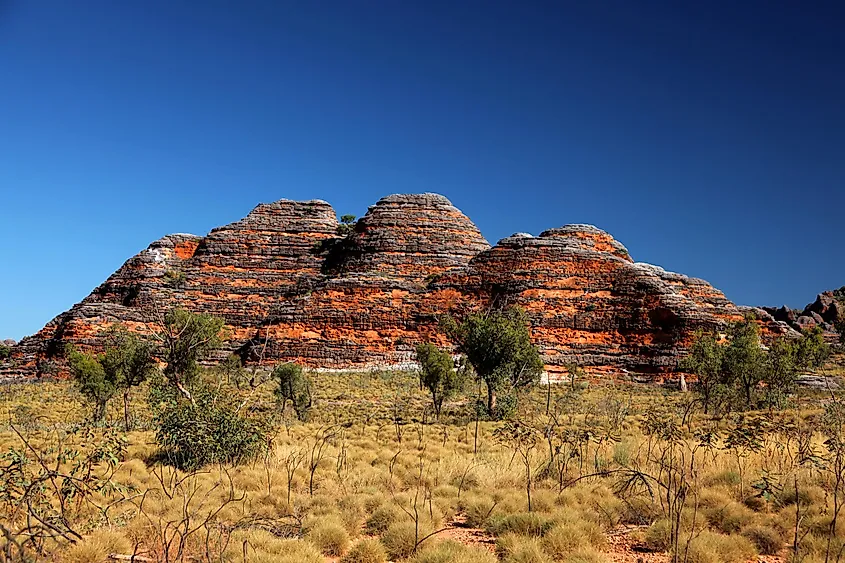
Covering an area of about 450 km2, the Bungle Bungle Range is located entirely within the Purnululu National Park. The range consists of distinct banded beehive-shaped karst sandstone rock formations which rise to an elevation of 578 m. It is believed that about 20 million years of continuous weathering and depositional processes have given shape to these eroded sandstone domes. Dark black/grey bands formed by the biological processes of cyanobacteria wind horizontally around the domes in stark contrast with the light orange sandstone, thereby giving these towers their remarkable orange-black banded appearance.
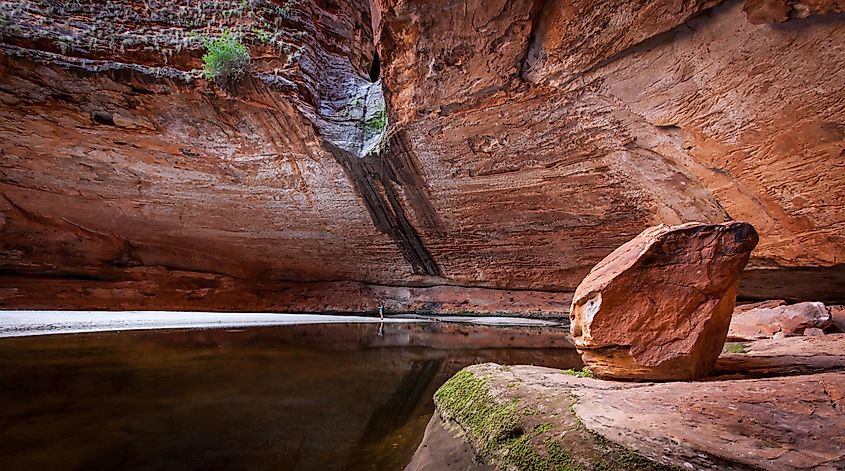
These sculpted structures undergo extraordinary seasonal variation in appearance, which also include distinct color transition following rain and the position of the sun. The surface of the sandstone domes is fragile, but is stabilized by bacteria and crusts of iron oxide. The intricate maze of these sandstone cone towers is made prominent by deep sheer-sided gorges and narrow canyons. The gorges, canyons, and high cliffs are dissected by many seasonal waterfalls and pools, which are known by various names such as Cathedral Gorge, Piccaninny Gorge, and Echidna Chasm, and are major tourist attractions of the Purnululu National Park. The Ord River valley forms a major watercourse on the eastern side of the park, while the southern part of the park is drained by the Bellburn and the Piccaninny Creeks.
The Purnululu National Park experiences a dry monsoonal climate with a hot and wet summer season from November to March and a dry winter season from April to October. The Park receives an annual rainfall of about 500 mm, but very little permanent surface water is found as the rate of evaporation is comparatively higher and the runoff is also quite rapid.
Wildlife
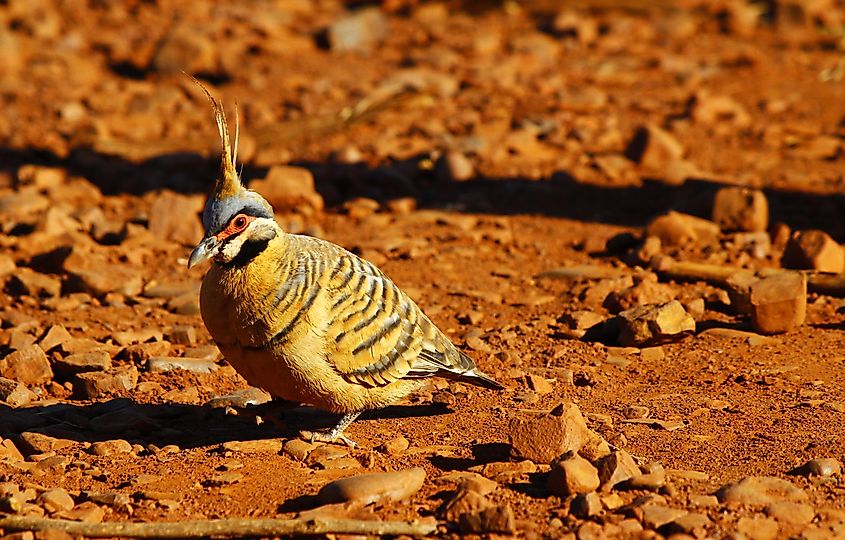
The landscape of the Purnululu National Park is mostly covered by grasslands and open woodlands. Some of the common plant species that are found in the park include acacias, eucalyptus, grevilleas, and spinifex. Native fauna including various types of wallabies and lizards are found in the park. About 137 species of birds like the yellow-tinted honeyeater, pied butcherbird, spinifex pigeon, black-faced cuckoo-shrike, blue-winged kookaburra, and Australian magpie have been recorded in the Purnululu National Park.
Brief History
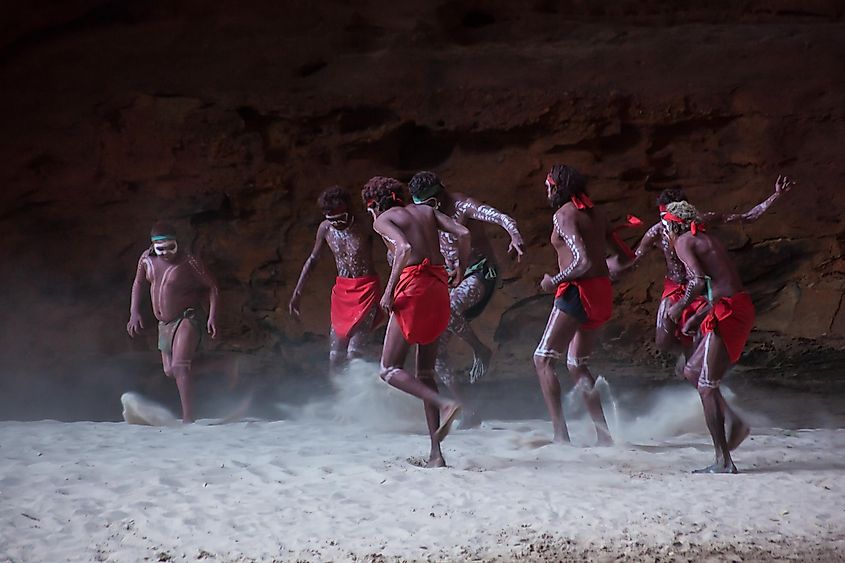
The Indigenous Karjaganujaru people were the traditional owners of the area. The name ‘Purnululu’ derived from a mispronounced word in the Djaru language, which referred to the area that was located around the out camp of Bungle Bungle. The Purnululu National Park was designated as a UNESCO World Heritage Site in 2003. After its listing as a World Heritage Site, the Government of Western Australia also declared the surrounding adjacent areas of the park as reserved areas. These areas include the Ord River Regeneration Reserve and the Purnululu Conservation Park. On May 21, 2007, the Purnululu National Park was added to the Australian National Heritage List.
